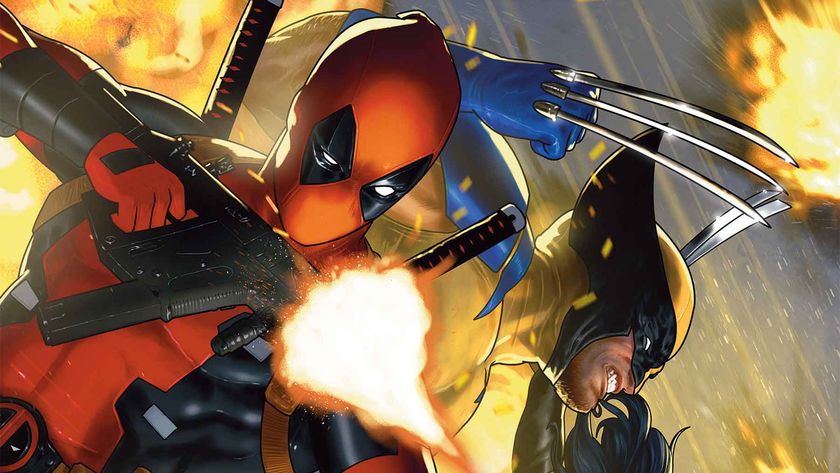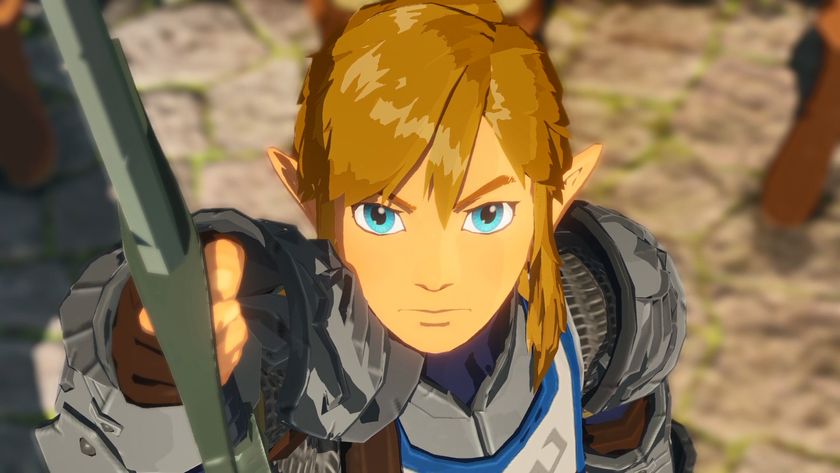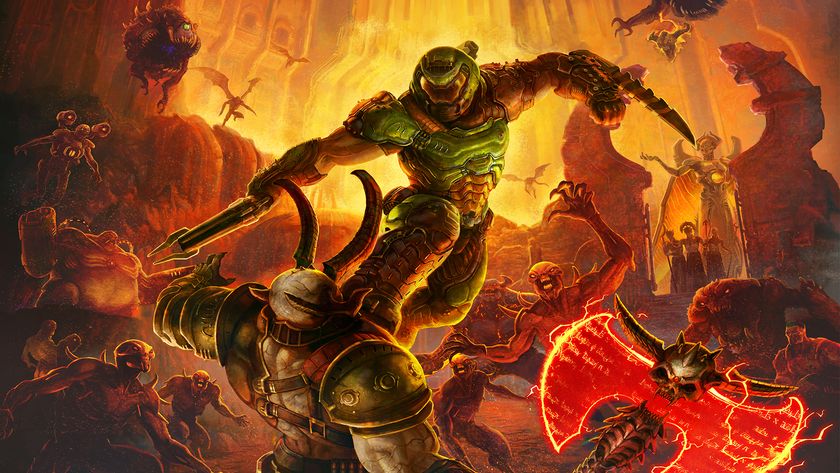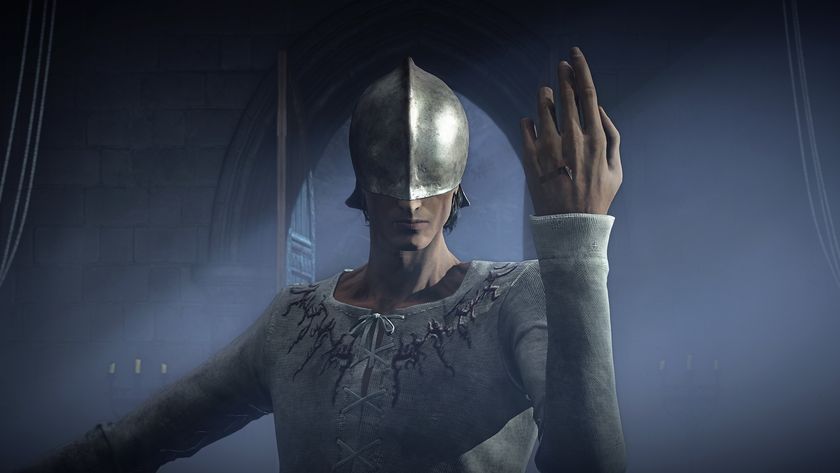Franchise Founders
The biggest games of the biggest names
Up next are the franchises that didn't hit their stride until a certain sequel came along. Some barely existed on the radar at first. Others enjoyed prior success, then took off after a groundbreaking successor made the franchise viable again.
Read on for the biggest franchise second chances.
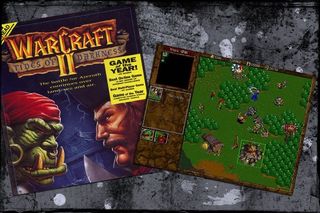
Warcraft II: Tides of Darkness(PC - 1995 - 7 games total)
You've heard of a little something called World of Warcraft? Its eight million players owe great thanks to this simple RTS that made the franchise stick. Build up your human or orc army and sic it on the other side. It's as cut and dry as that.
Why it soared
The original Warcraft was a fine game. Peons gathered gold and lumber for barracks and research, which in turn led to soldiers, catapults and magicians. It was just the right amount of resource management mixed with head-on battles. But you had to build everything next to roads, which became more tiring than any assault the opposing side could ever mount. In part two, you're free to plop buildings pretty much wherever you please, greatly accelerating the creative process. Battles also broke out on the open seas, as naval combat brought with it massive strike ships and transport vessels. Interspecies alliances introduced elves, goblins, dwarves, trolls, gryphons and dragons to the mix as well. It's true that both sides played extremely similarly, but subtly different spells could make all the difference in heated battles. An enhanced building tree opened the door to amazing unit combinations and superpowered grunts that could often sneak in and do untold amounts of damage before being detected. Online battles, a vastly improved musical score and a robust level editor added to excitement, creating an addicting, captivating realm that would one day rule the world.
What it did for the franchise
The series' general framework existed prior to Tides of Darkness, and other than throwing in a ton more of everything, it didn't change the first game's formula at all. It's mainly listed here for improving upon the original in every measurable way. Further sequels and expansions would place more emphasis on storyline and specific hero units, but for 1995, this was state of the art strategy. It also became one of the most popular online titles of the day, no doubt inviting countless people to online gaming for the first time.
Who it inspired
As one of the major pushers of RTS gameplay, Warcraft II made the genre a staple of PC development. Its outstanding quality and ballooning user base insured that player-created content would keep the franchise fresh for years to come. Series like Homeworld, Age of Empires and especially StarCraft simply would not have thrived without Tides' success. Even its biggest rival, Command & Conquer (which almost made our list), had to bow out eventually despite numerous sequels. It just recently leapt back into the spotlight with Command & Conquer 3, but with such stiff competition like Supreme Commander and StarCraft II, it's tough to imagine C&C regaining its former glory. Warcraft, meanwhile, gains more power by the day, making it one of the most important names in the industry - all thanks to the refinements made in Tides of Darkness.
Sign up to the 12DOVE Newsletter
Weekly digests, tales from the communities you love, and more
A fomer Executive Editor at GamesRadar, Brett also contributed content to many other Future gaming publications including Nintendo Power, PC Gamer and Official Xbox Magazine. Brett has worked at Capcom in several senior roles, is an experienced podcaster, and now works as a Senior Manager of Content Communications at PlayStation SIE.
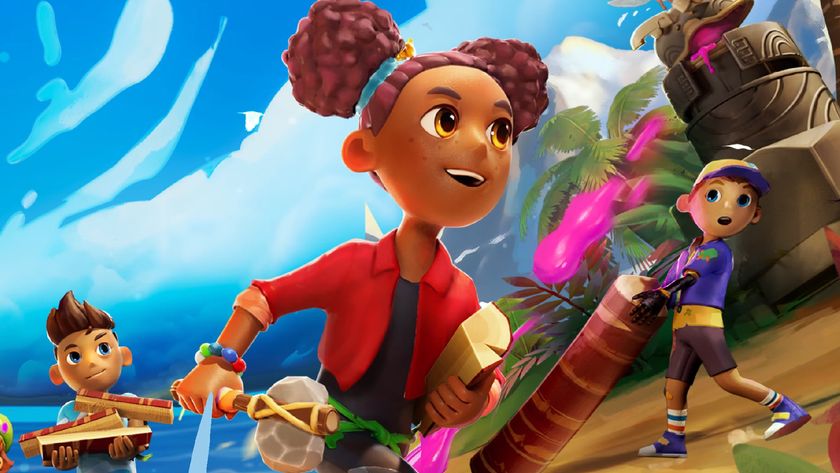
The Switch 2 Direct broke just in time for me to nearly miss a revival of a 26-year-old Konami cult classic I obsessed over in Nintendo Power
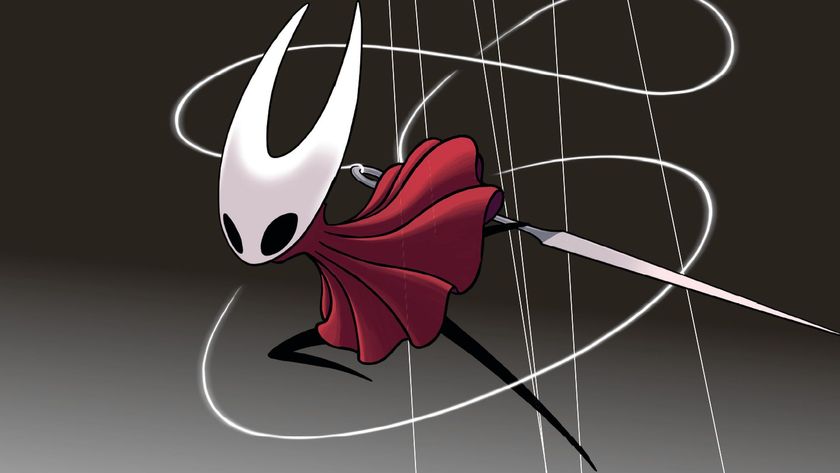
As Hollow Knight Silksong makes a blink-and-you'll-miss-it reemergence for Nintendo Switch 2, Xbox reminds everyone the Metroidvania is still day one on Game Pass



